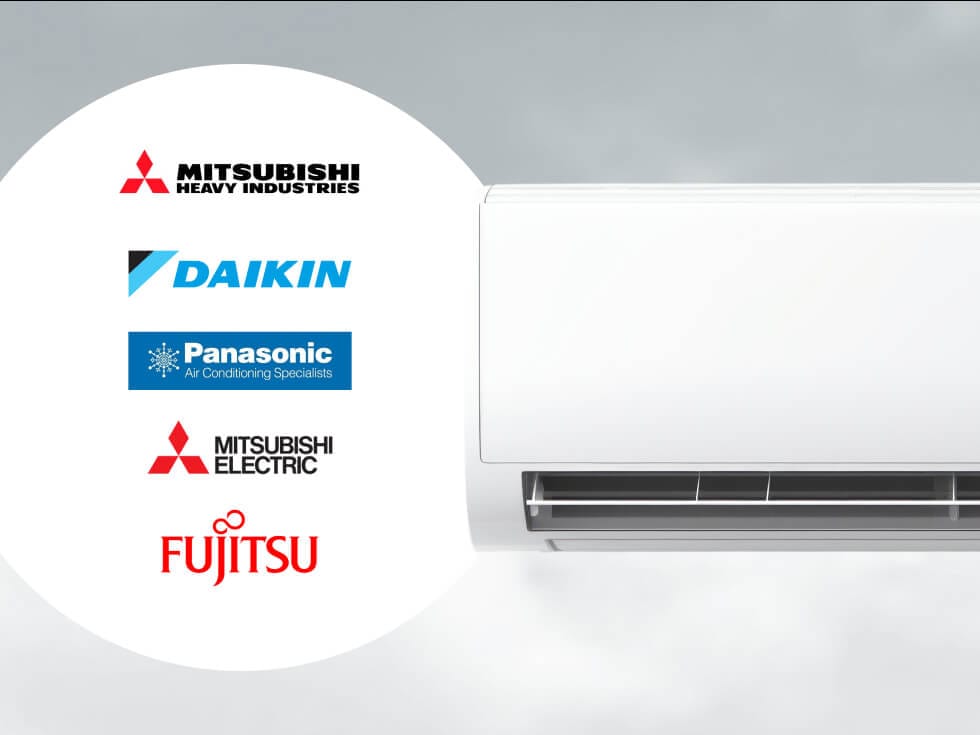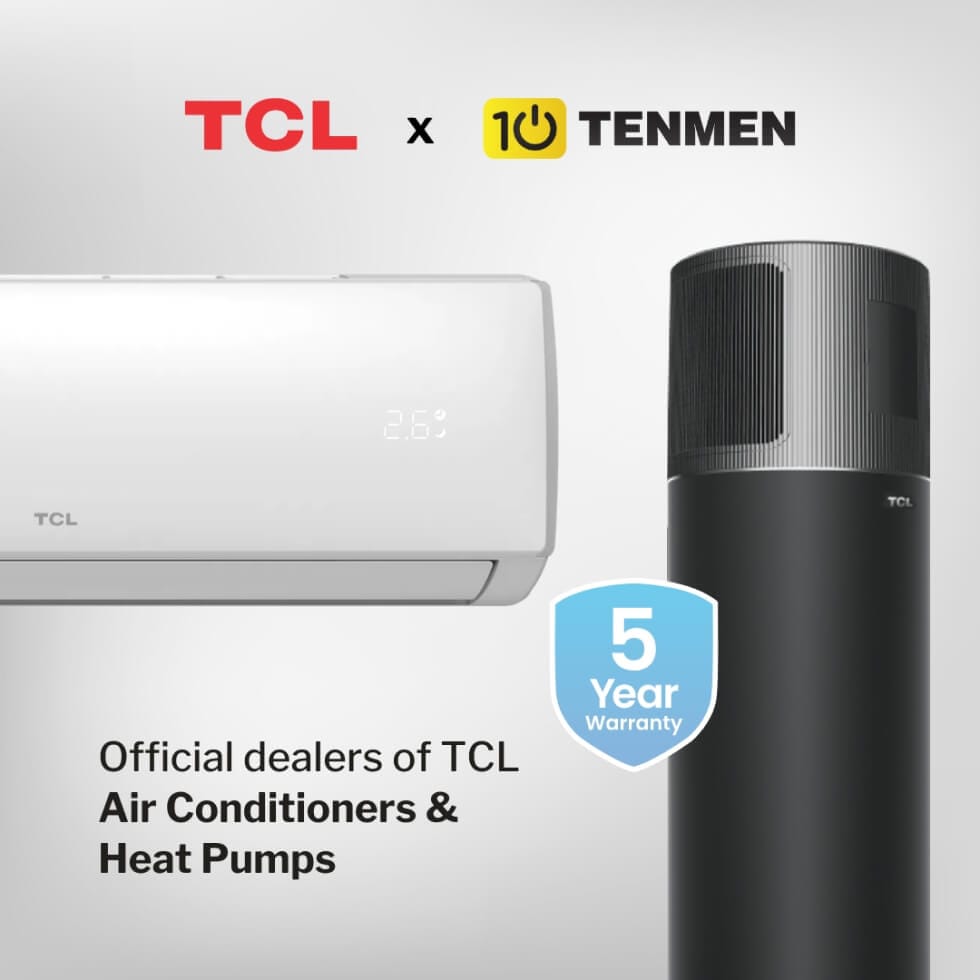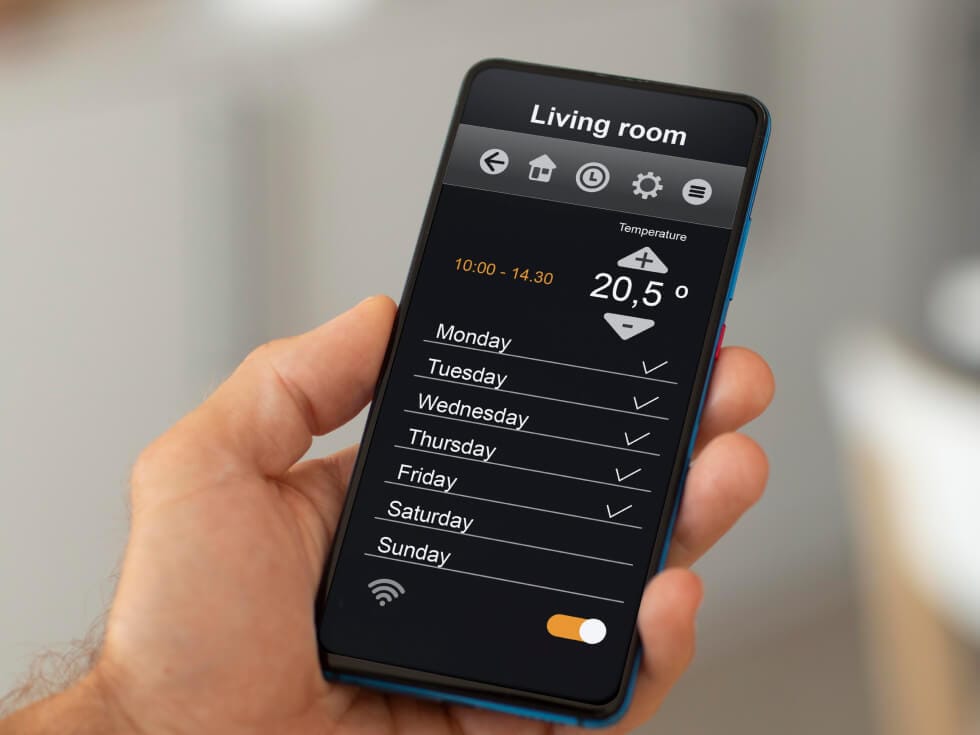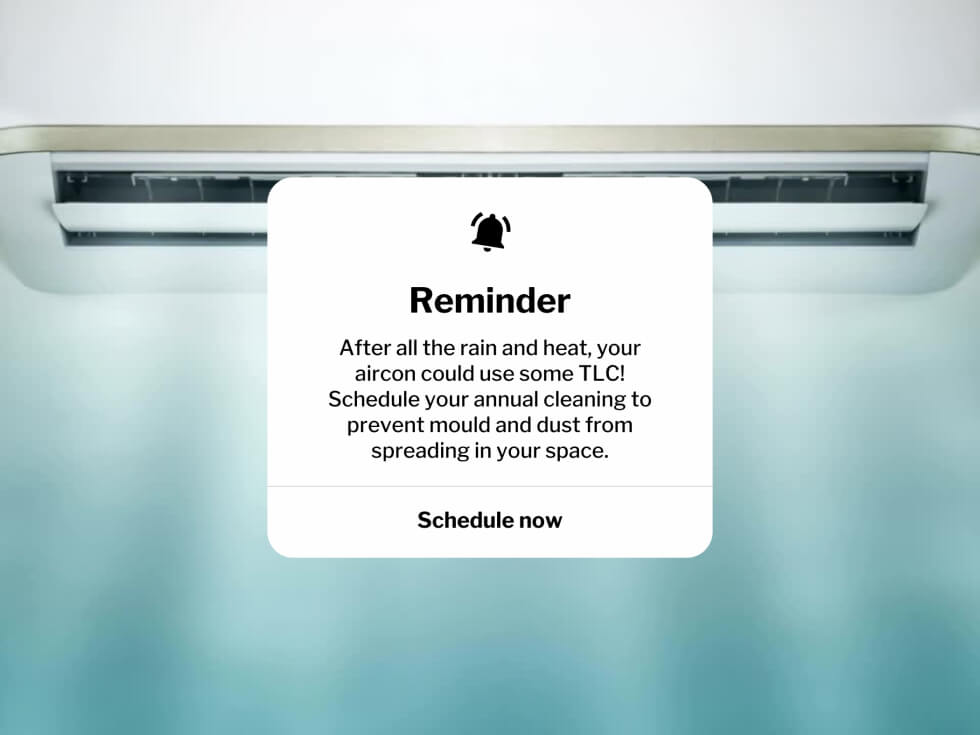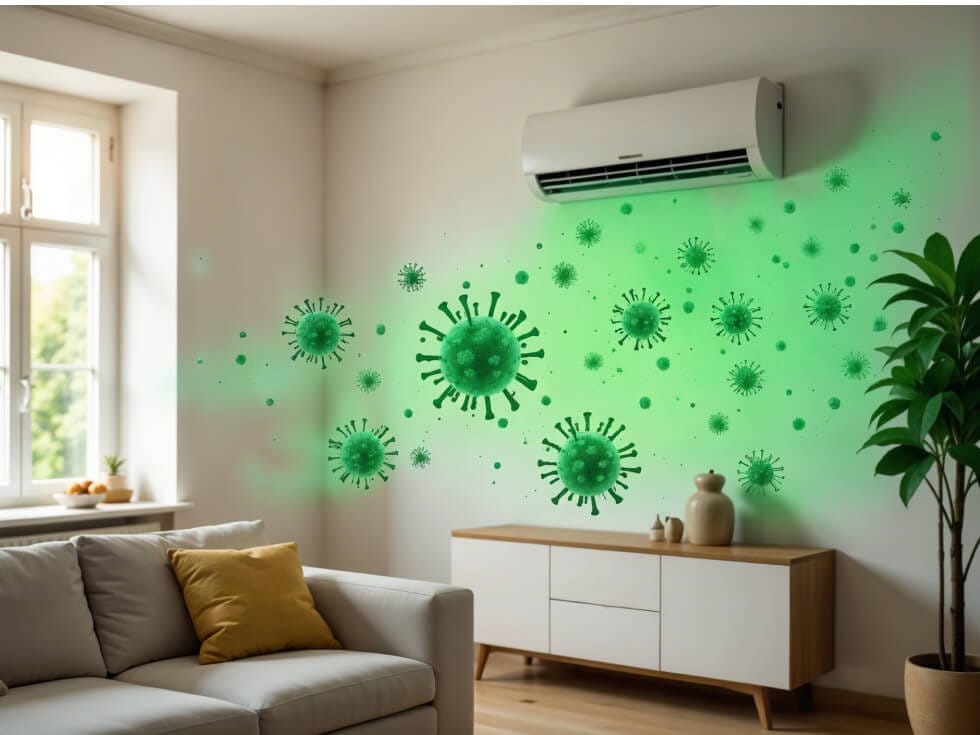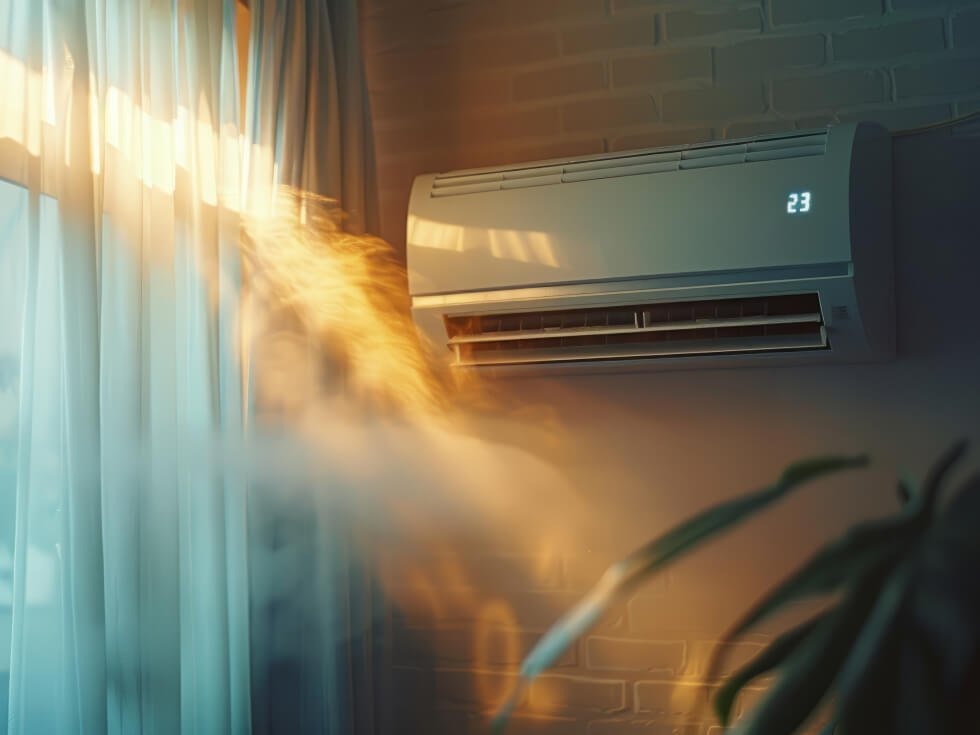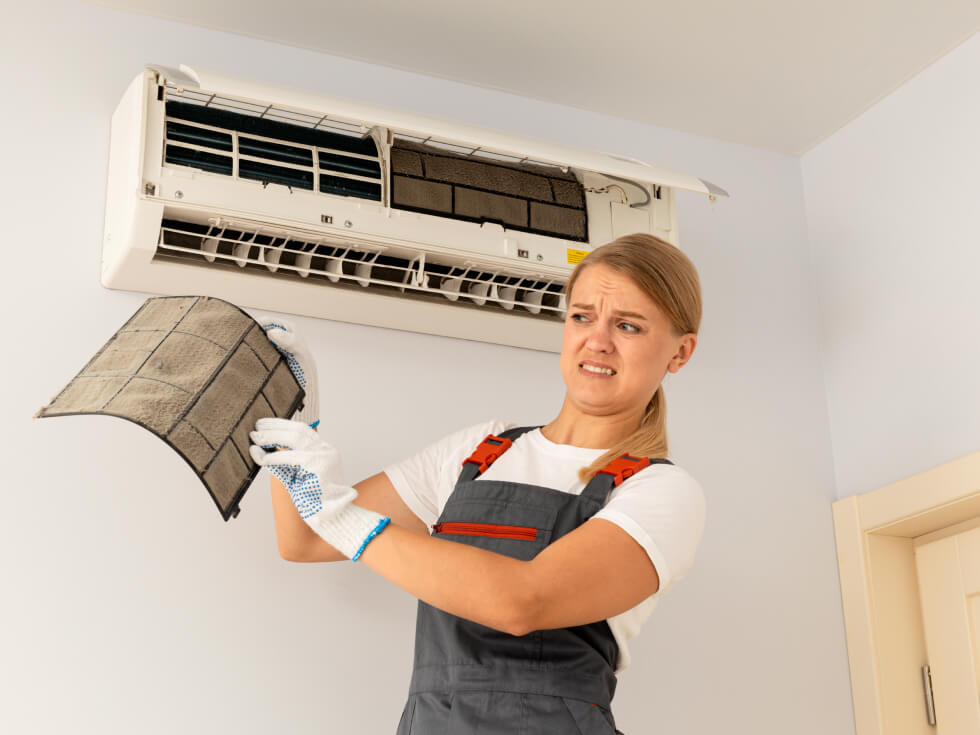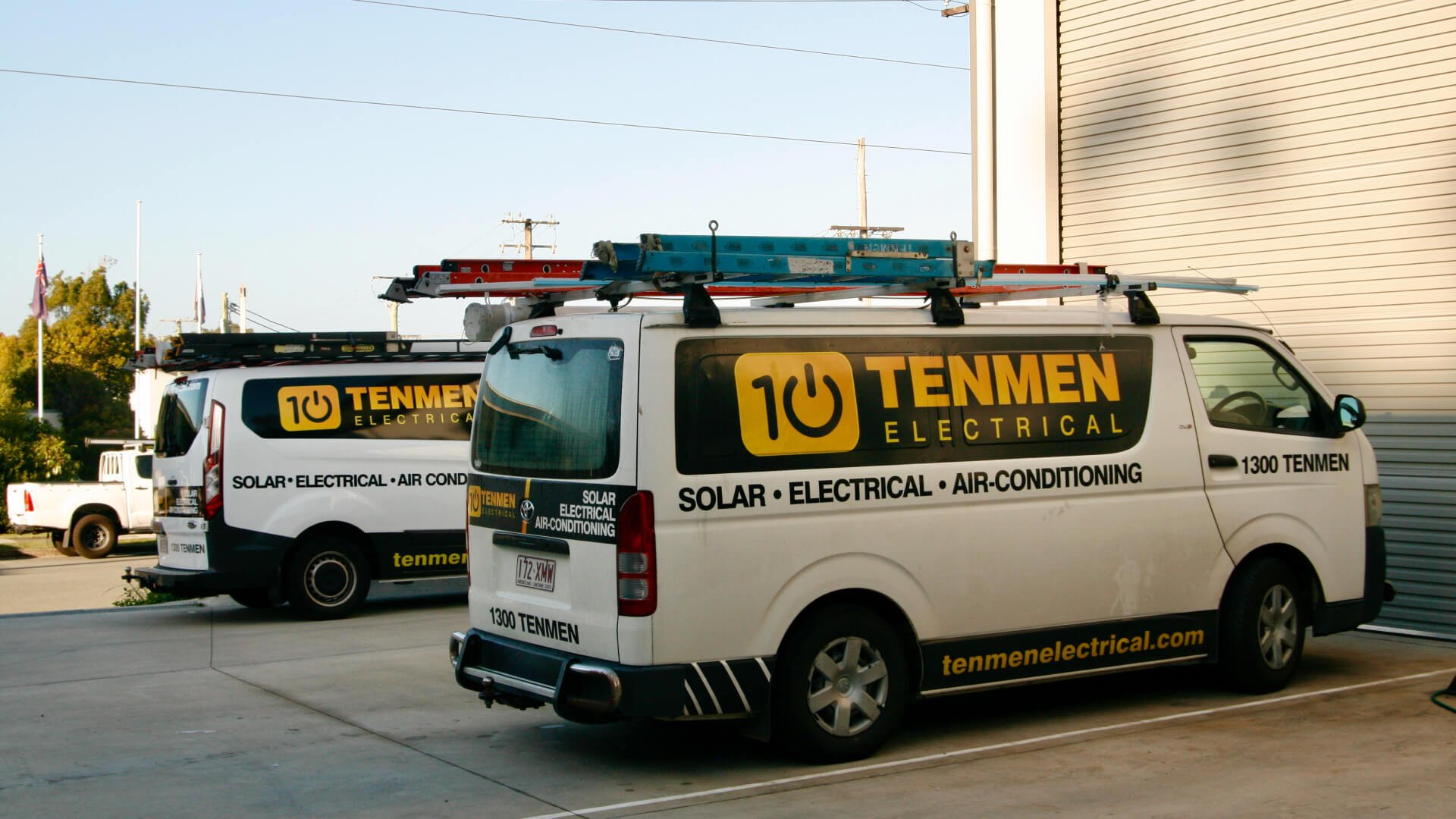Discover the Best Air Conditioning Brands in Australia
Living in Australia means dealing with hot, humid summers and chilly winters in many regions, making air conditioning a must for year-round comfort. Whether you’re upgrading an old system or installing a new one in your home or business, choosing the right split system air conditioner can make all the difference in comfort, energy savings, and indoor air quality.
Split system air conditioners remain the most popular choice in 2025 thanks to their energy efficiency, ease of installation, and versatility. In this guide, we break down the top-rated brands and models available in Australia, updated for this year’s leading performers. You’ll also find a helpful comparison table and expert tips on what to consider before buying.
Whether you’re cooling a bedroom, a living room, or a small office, our guide is here to help you choose the best split system air conditioner in Australia based on performance, reliability, and value.
Key Takeaways
- Mitsubishi Heavy Industries leads for energy efficiency and reliability in Australian climates.
- Daikin stands out for quiet operation and asthma/allergy-friendly certification.
- Panasonic is praised for durability and anti-corrosion design, ideal for coastal areas.
- Mitsubishi Electric offers sleek, efficient models with strong brand heritage.
- Tenmen recommends choosing based on factors like noise, air quality features, and local service support.
What is a Split System Air Conditioner?
A split system air conditioner consists of two main parts: an indoor unit mounted on the wall and an outdoor unit placed outside the building. The two units are connected by pipes carrying refrigerant. The indoor unit blows cooled or heated air into the room, while the outdoor unit expels heat from the refrigerant.
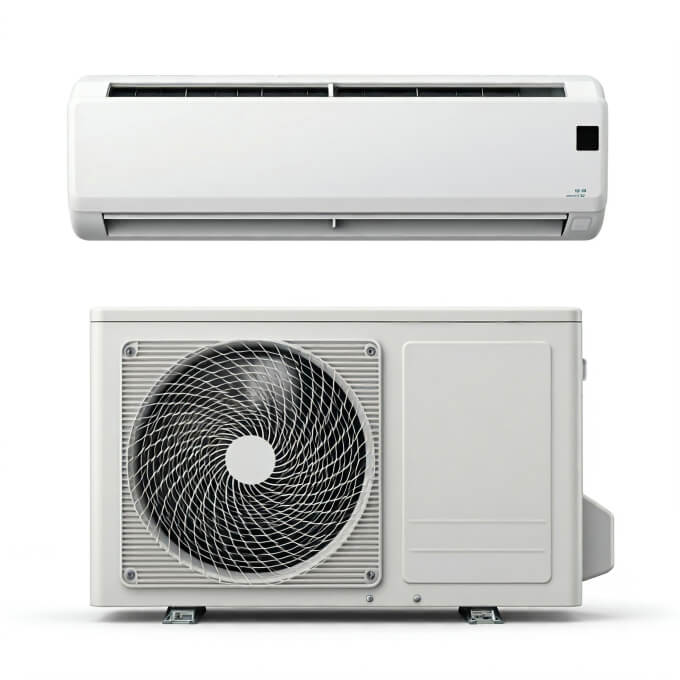
These systems are especially popular in Australian homes and small offices because they are reverse-cycle, meaning they can cool during summer and heat during winter. Unlike ducted systems, each split system is typically designed to service a single room or zone, making them ideal for spaces that need individual temperature control without complex installation requirements.
Split systems are quiet, efficient, and increasingly equipped with smart features like Wi-Fi control, air purification, and programmable settings. Modern inverter technology also allows them to adjust their performance based on the room’s temperature, leading to lower running costs and better comfort.
In 2025, leading brands offer advanced features such as allergen filters, eco modes, ultra-quiet operation, and integration with smart home systems. If you want reliable, year-round comfort and a balance between performance and price, a quality split system air conditioner is one of the best investments you can make.
Top Split System Air Conditioner Brands in Australia (2025)
Below are the top-performing split system air conditioner brands in Australia for 2025, selected based on customer reviews, expert recommendations, and energy efficiency standards.
1. Mitsubishi Heavy Industries (MHI)
MHI units are built for Australia’s varied climate and are known for their long-term reliability and minimal maintenance needs. The brand is regularly recognised by consumer advocacy bodies and has a strong network of certified installers and service agents nationwide.
MHI continues to lead in 2025 for its energy efficiency, durability, and advanced features. The Avanti Plus series stands out with its 7-star energy rating (on selected models), ultra-quiet operation, and Allergen Clear filter system. These units are perfect for bedrooms, living rooms, and small offices that require consistent, quiet climate control.
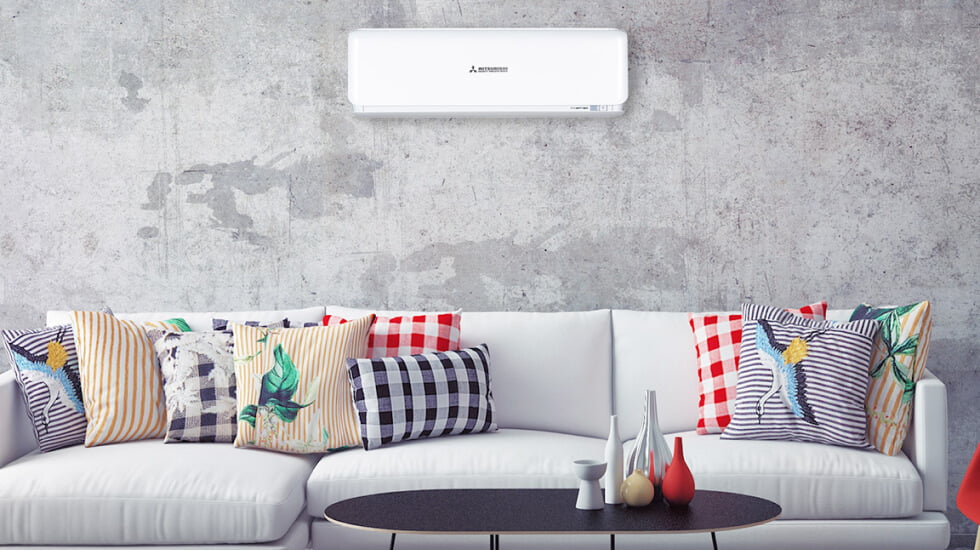
Popular Models:
Key Features:
- Advanced inverter technology
- Wi-Fi control (optional)
- Motion sensors for energy savings
2. Daikin
Daikin is often recommended by professionals due to its superior compressor design and whisper-quiet operation. It’s also the only split system brand endorsed by the National Asthma Council’s Sensitive Choice program, making it ideal for allergy-sensitive households.
Known for reliability and performance, Daikin’s Alira X and Cora series remain favourites in Australia. The Alira X includes the patented Streamer Technology for advanced air purification, while both ranges feature excellent cooling and heating performance, even in extreme temperatures.
Popular Models:
Key Features:
- Streamer air purification
- Whisper-quiet indoor units
- Built-in Wi-Fi and app control
3. Panasonic
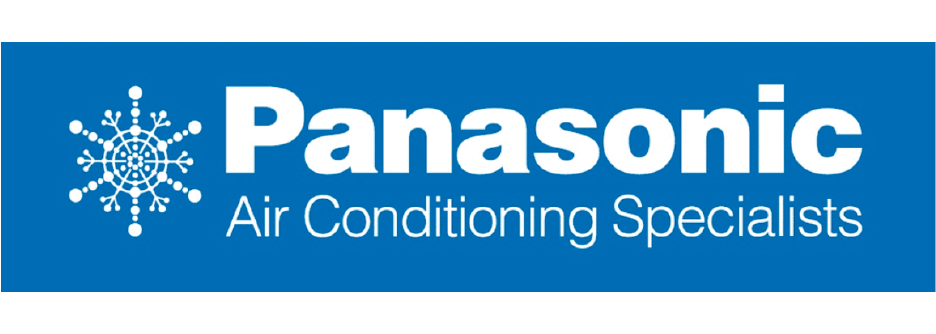
Panasonic has built a reputation for quiet, efficient operation and robust air quality technology. Its split systems are designed for longevity and include anti-corrosion components suited to coastal Australian environments.
Panasonic’s latest Aero Series, equipped with Nanoe-X air purification and Econavi sensors, combines high energy efficiency with health-conscious features. These units actively inhibit bacteria, viruses, and allergens, making them ideal for families and workplaces.
Popular Models:
Key Features:
- Nanoe-X technology
- Human activity sensors
- Up to 6-star energy rating
4. Mitsubishi Electric
Mitsubishi Electric stands out for its innovative features like dual vane airflow and Night Mode, which dims lights and reduces noise automatically. The brand also offers excellent indoor aesthetics with slimline, modern designs.
The MSZ-AP series remains a strong choice for its compact design, quiet operation, and reliable performance. Ideal for bedrooms and small offices, it features built-in Wi-Fi, advanced airflow control, and a quiet mode.
Popular Models:
Key Features:
- Dual vane airflow
- Anti-allergy enzyme filter
- Sleek, minimalist design
5. Fujitsu General
Fujitsu offers one of the most comprehensive product lines in Australia, with a strong network of service agents and readily available parts. Its systems are popular in both residential and light commercial settings due to their consistent performance and ease of use.
Fujitsu’s Lifestyle Series is highly regarded for its value, ease of use, and responsive climate control. These units feature economy mode, quiet operation, and corrosion-resistant outdoor components, making them a solid all-rounder.
Popular Models:
Key Features:
- Auto mode switching
- Blue Fin anti-corrosion coating
- Sleep timer and eco mode
Each of these brands offers both single and multi-split systems and is backed by a strong support network across Australia, ensuring access to service and spare parts when needed.
Comparison Table: Best Split System Air Conditioners 2025
| Brand | Model Series | Capacity Range | Energy Rating (Cooling/Heating) | Key Features | Approx. Price (AUD) |
|---|---|---|---|---|---|
| Mitsubishi Heavy Ind. | Avanti Plus | 2.0–6.0kW | 7★ / 6★ | Ultra-quiet, motion sensor, Wi-Fi (optional) | $1,500–$3,000 |
| Daikin | Alira X | 2.5–8.5kW | 5.5★ / 5.5★ | Streamer purifier, built-in Wi-Fi, intelligent sensors | $1,800–$3,500 |
| Panasonic | Aero Series | 2.5–8.0kW | 6★ / 6★ | Nanoe-X purifier, Econavi sensor, energy-saving modes | $1,400–$3,000 |
| Mitsubishi Electric | MSZ-AP | 2.5–7.8kW | 5★ / 5★ | Dual vane, anti-allergy filter, compact and quiet | $1,300–$2,800 |
| Fujitsu General | Lifestyle Series | 2.5–9.5kW | 5★ / 5.5★ | Eco mode, Blue Fin, sleep timer | $1,200–$2,700 |
Prices are indicative of unit only and do not include installation. Price ranges vary depending on unit capacity, added features (e.g. Wi-Fi, purification systems), retailer markups, and seasonal promotions.
How to Choose the Best Split System Air Conditioner (Buyer’s Guide)
When shopping for a split system air conditioner, it’s important to match the unit to your needs, room size, and usage habits. Here’s a breakdown of the key factors to help you make an informed decision:
1. Room Size & Capacity (kW Rating)
Choosing the right capacity ensures your system works efficiently. A unit that’s too small won’t cool or heat effectively, while one that’s too large can cycle on and off too frequently, wasting energy. Generally:
- Small rooms (bedrooms): 2.0–2.5kW
- Medium rooms (living areas): 3.5–5.0kW
- Large open spaces: 6.0–9.0kW+
It’s always best to have a professional assess your room size, insulation, and sun exposure to provide an accurate recommendation.
2. Energy Efficiency
Check the star ratings on both cooling and heating modes. Inverter technology is a must for modern systems, as it adjusts power output to maintain a consistent temperature, reducing electricity usage. Higher efficiency may cost more upfront, but can significantly cut long-term energy bills.
3. Noise Levels
Noise matters, especially in bedrooms and offices. Look for models under 25 dB for quiet operation. Many brands offer quiet or night modes that lower fan speeds and dim LED lights for minimal disruption.
4. Air Quality Features
If anyone in your home suffers from asthma or allergies, choose a system with built-in air purifiers, HEPA-like filters, or ionisation technology. Features like Daikin’s Streamer or Panasonic’s Nanoe-X actively neutralise airborne pollutants.
5. Smart Features
Smart air conditioners let you control settings via smartphone apps, even when you’re away from home. Features like scheduling, voice control (with Alexa or Google Home), and geofencing can improve convenience and help lower energy usage.
6. Installation Requirements
Correct installation is vital for performance and safety. Factors like wall type, distance between indoor and outdoor units, and power supply can affect the total install cost. Always use a licensed installer and ensure the work is backed by a warranty.
7. Brand Reputation & Support
Go with trusted brands that have strong local service networks. Warranties should last at least 5 years, and spare parts should be readily available. Reading customer reviews can also give insight into long-term reliability and support quality.
Final Thoughts
With so many high-quality air conditioners available, choosing the right one depends on your priorities, whether that’s ultra-quiet operation for bedrooms, advanced air purification for allergy sufferers, or budget-friendly reliability for a small business.
Each of the recommended brands and models offers a strong balance of efficiency, features, and performance. For best results, consider the size of the room, your budget, and any must-have features like Wi-Fi control or smart sensors. And remember: professional installation is essential for optimal performance and warranty protection.
By choosing a model from a trusted brand and following expert guidance, you can enjoy year-round comfort, lower energy bills, and cleaner indoor air with one of the best split system air conditioners in Australia.
Frequently Asked Questions
What size split system do I need for my room?
Room size is the main factor. For a small bedroom (up to 20m²), 2.0–2.5kW is usually sufficient. For medium living rooms (20–40m²), consider 3.5–5.0kW. Large open-plan areas may require 6.0kW or more. Always consult an installer for an accurate assessment.
How much does it cost to install a split system air conditioner?
Installation usually costs between $600 and $1,500, depending on the complexity of the job, location of units, and accessibility. Wall-to-wall installs with short pipe runs are cheaper; multi-split or second-story installs are more expensive.
Are split system air conditioners energy efficient?
Yes, especially inverter models with high energy star ratings. Features like eco modes, motion sensors, and smart scheduling further improve efficiency.
Can I run my split system all day?
You can, but it’s not recommended unless you use energy-efficient settings. Instead, use timers or smart features to cool the room before you arrive or sleep.
What is the difference between single split and multi-split systems?
A single split system has one indoor unit and one outdoor unit. A multi-split system connects multiple indoor units (up to 5 or more) to a single outdoor unit, ideal for situations with limited outdoor unit space.
Do I need to service my split system regularly?
Yes. Clean filters monthly (or more often in dusty environments) and schedule professional servicing every 1–2 years to ensure efficiency and longevity.

